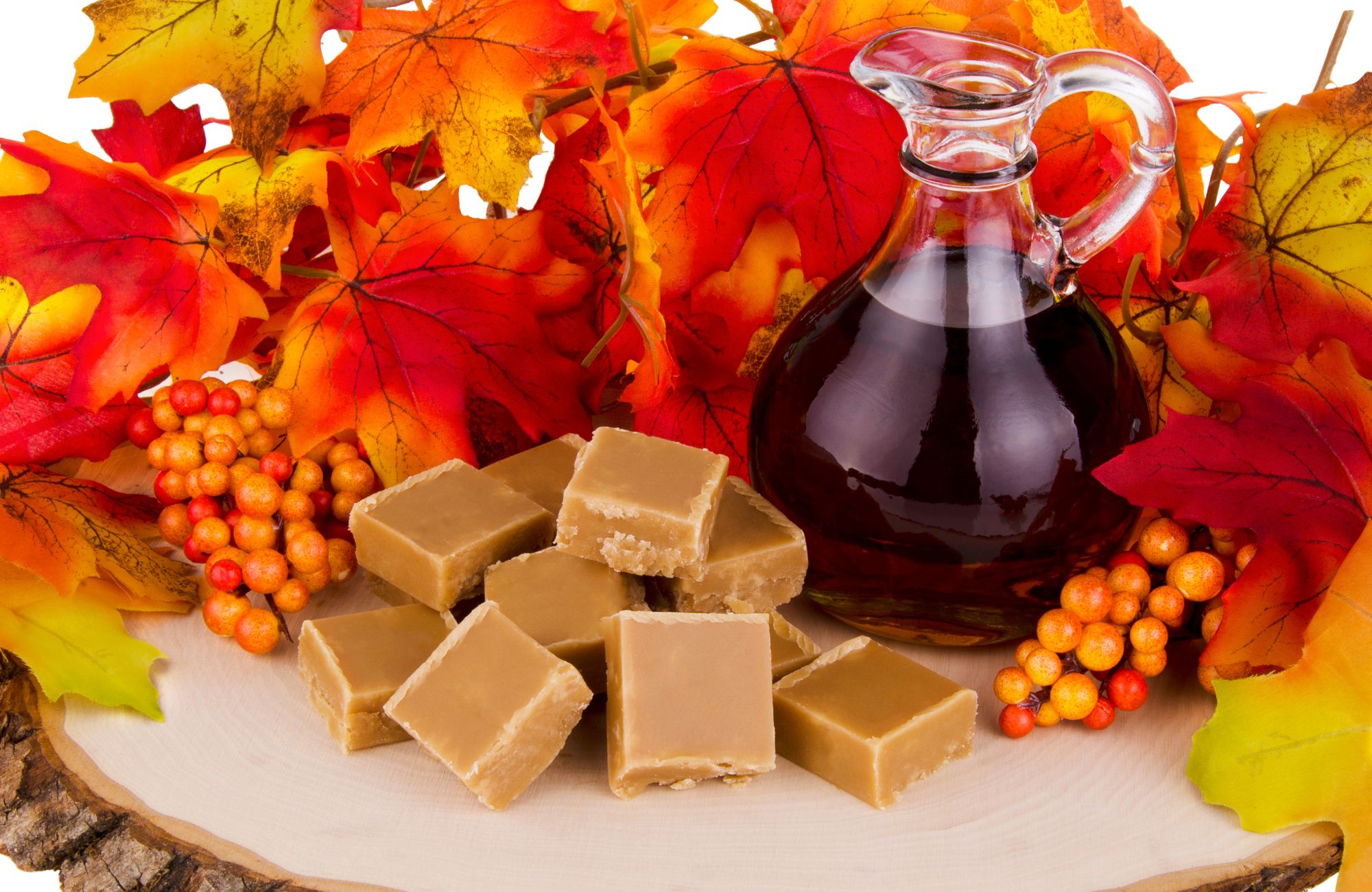
Understanding Granulated Sugar in Industrial Food Production
What is Granulated Sugar?
Granulated sugar is essential to food manufacturing worldwide. Made from sugarcane or sugar beets, this refined ingredient helps create stable, high-quality food products. Its consistent properties and multiple functions – from sweetening to preservation – make it vital for large-scale food production. Let’s gain understanding of granulated sugar in industrial production.
While both sugarcane and sugar beets produce similar white crystals, each source requires different manufacturing processes to achieve desired quality standards. Granulated sugar consists of sucrose, combining glucose and fructose molecules. This structure provides key industrial properties, with each teaspoon (4g) containing 15 calories.
This type of sugar serves multiple functions in food production beyond sweetening. It enhances texture through crystallization and water binding, adds volume to products, acts as a natural preservative by reducing water activity, and helps maintain optimal moisture levels in packaged foods through its hygroscopic properties.
Manufacturing & Processing
A. Raw Materials and Extraction
The journey from plant to pure white crystals involves sophisticated industrial processes refined over centuries. The two primary sources – sugarcane and sugar beets – undergo distinct but parallel processing paths.
Sugarcane Processing:
- Harvesting and crushing to extract raw juice
- Clarification through lime addition and heating
- Evaporation to create concentrated syrup
- Initial crystallization producing raw sugar
- Further refining to achieve white granulated sugar
Sugar Beet Processing:
- Cleaning and slicing into thin strips
- Hot water diffusion to extract sugar
- Juice purification using carbonation
- Evaporation and crystallization
- Centrifugal separation of crystals
B. Crystallization and Refinement
Crystallization transforms liquid sugar solution into solid crystals through controlled evaporation and cooling.
How is it done?:
- Heat sugar solution to 40-70°C
- Control cooling rate for crystal formation
- Use centrifuges to separate crystals
- Monitor size during growth (0.3-0.6mm target)
Why is it necessary?:
- Temperature control determines crystal size
- Precise timing affects purity levels
- Consistent process ensures quality
- Automated systems maintain standards
KEY SPECIFICATIONS:
- 99.7% minimum purity
- <0.1% moisture content
- ICUMSA color standards
- Crystal size uniformity
Modern technology ensures precise control throughout the process, delivering consistent quality for industrial applications.
This rigorous process produces pure, white crystals that meet both industrial specifications and consumer expectations. The level of control in modern facilities allows for customization of crystal size and purity levels to meet specific customer requirements.
Types of Granulated Sugar
Granulated sugar is the most common sugar used in recipes. If a recipe simply calls for “sugar,” or “white sugar,” they’re talking about granulated sugar.
Standard White Sugar (0.3-0.6mm)
Most versatile industrial sugar. Uniform crystals ensure consistent performance in manufacturing. Pure sucrose content (99.9%) makes it ideal for standardized production. Used extensively in beverages and baking where precise sweetness control matters.
Superfine Sugar (0.1-0.3mm)
Engineered for rapid dissolution. Smaller crystals create smoother textures in premium products. Essential for items where graininess would be problematic, like meringues and fine pastries. It costs more but delivers a superior mouthfeel.
Powdered Sugar (<0.1mm)
Ground sugar with cornstarch buffer. Prevents clumping in industrial applications. Perfect for icings and coatings where instant dissolution is needed. Cornstarch (3%) stabilizes the product and improves flow characteristics.
Brown Sugar (Light/Dark)
White sugar with controlled molasses content. The light version (3.5% molasses) provides subtle flavor, while the dark (6.5%) offers robust notes. Higher moisture content affects storage requirements but enhances texture in baked goods.
Industrial Grades
Custom-engineered for specific applications. Crystal size and purity are tailored to manufacturer needs. It often includes flow aids for high-speed production lines. Packaging designed for bulk handling systems.
Applications in Food Manufacturing
Understanding precise sugar ratios and applications across food categories is essential for industrial manufacturers to achieve desired product characteristics and quality standards. Here’s how different sectors utilize granulated sugar:
- Baking Industry
- Breads: 2-5% sugar for yeast fermentation and browning
- Cakes: 30-60% sugar for structure and moisture retention
- Cookies: 25-35% for texture and spread control
- Beverage Manufacturing
- Soft drinks: 7-12% sugar concentration
- Fruit juices: Used for standardizing sweetness levels
- Sports drinks: 6-8% solution for optimal absorption
- Confectionery
- Hard candy: 97-99% sugar for crystal structure
- Chocolates: 40-50% for texture and preservation
- Gummies: 50-60% for gelatin interaction
- Preservation Applications
- Jams: 65-68% sugar content prevents spoilage
- Canned fruits: 40% syrup concentration
- Dairy products: 15-25% in condensed milk
Nutritional Aspects: Understanding Granulated Sugar
A. Composition and Energy Content
According to USDA data, one teaspoon (4g) of granulated sugar contains 15.4 calories, 4g of total carbohydrates, 4g of sugars, and no protein, fat, sodium, or fiber. Granulated sugar consists entirely of sucrose, which is a disaccharide composed of glucose and fructose molecules. It contains no significant vitamins or minerals.
Molecular Composition:
- 100% sucrose (NOT pure glucose)
- Disaccharide composed of glucose and fructose
- No significant vitamins or minerals
- Zero protein or fat content
B. Health and Dietary Considerations
Blood Sugar Effects
Granulated sugar has a moderate glycemic index of 65, causing a notable but controlled blood sugar rise. Each teaspoon carries a glycemic load of 3, providing quick energy through rapid absorption into the bloodstream.
Daily Consumption Guidelines
Health organizations recommend men limit intake to 36g (9 teaspoons) and women to 24g (6 teaspoons) daily. Children’s limits vary by age and activity level. Athletes may require more during intense training, while diabetics need strict monitoring. Pregnant women should track intake carefully due to gestational diabetes risk.
Industry Standards
The WHO caps added sugar at 10% of daily calories. FDA mandates clear labeling of added sugars on products, requiring manufacturers to meet strict compliance standards for nutritional claims.
Health Considerations
Though providing quick energy, granulated sugar offers no nutritional value beyond calories. Regular consumption impacts dental health through bacterial growth, affects blood sugar regulation, and influences weight management through its high caloric density. The body metabolizes it rapidly, potentially leading to energy fluctuations.
Proper Storage & Handling of Industrial Granulated Sugar
Maintaining granulated sugar’s quality in industrial storage demands comprehensive control measures across temperature, humidity, and handling procedures, supported by regular monitoring and testing protocols.
Storage Specifications:
- Temperature: Maintain 20-25°C (68-77°F)
- Humidity: Keep below 60% to prevent clumping
- Air quality: Continuous ventilation is required
Bulk Storage Best Practices:
- Use FDA-approved polyethylene-lined containers
- Install moisture-resistant barriers on walls and floors
- Implement automated temperature monitoring systems
- Follow FIFO inventory management
- Maintain 18″ spacing between sugar and walls
Quality Control Measures:
- Weekly moisture content testing (<0.1% standard)
- Monthly microbiological sampling
- Daily temperature and humidity logging
- Quarterly pest control inspections
- Regular crystal size analysis (0.3-0.6mm target)
Critical Control Points:
- Monitor condensation on walls/ceilings
- Check seal integrity on containers
- Verify ventilation system performance
- Inspect for pest activity
- Document all quality parameters
Conclusion
Granulated sugar’s versatility and reliability make it indispensable for large-scale food and beverage production, from enhancing flavor and texture to extending shelf life. Its precise manufacturing processes and rigorous quality standards ensure that each crystal meets the demands of industrial applications.
At US Sweeteners, we specialize in supplying bulk granulated sugar tailored to the unique needs of manufacturers, bakeries, and food processors nationwide. Our commitment to quality control, flexible packaging options, and timely delivery help you maintain consistent product performance—whether you’re crafting soft drinks, baked goods, or confectionery treats. Reach out to our technical experts for guidance on selecting the right sugar specifications for your operation, and discover how partnering with US Sweeteners can optimize your production line.
FAQs: Understanding Granulated Sugar
How long can granulated sugar be stored?
18-24 months when stored at 20-25°C with humidity <60% in proper containers.
What causes sugar clumping in storage?
High humidity (>60%) and temperature fluctuations. Proper ventilation and moisture barriers prevent this.
How does granulated sugar affect food preservation?
Controls water activity, preventing microbial growth and extending shelf life.
Is white sugar and granulated sugar the same thing?
Yes. In most cases, “white sugar” refers to the same refined, granulated sugar found on grocery store shelves. Both terms are used interchangeably for the small, white crystals made by refining sugarcane or sugar beets.




Leave a Reply